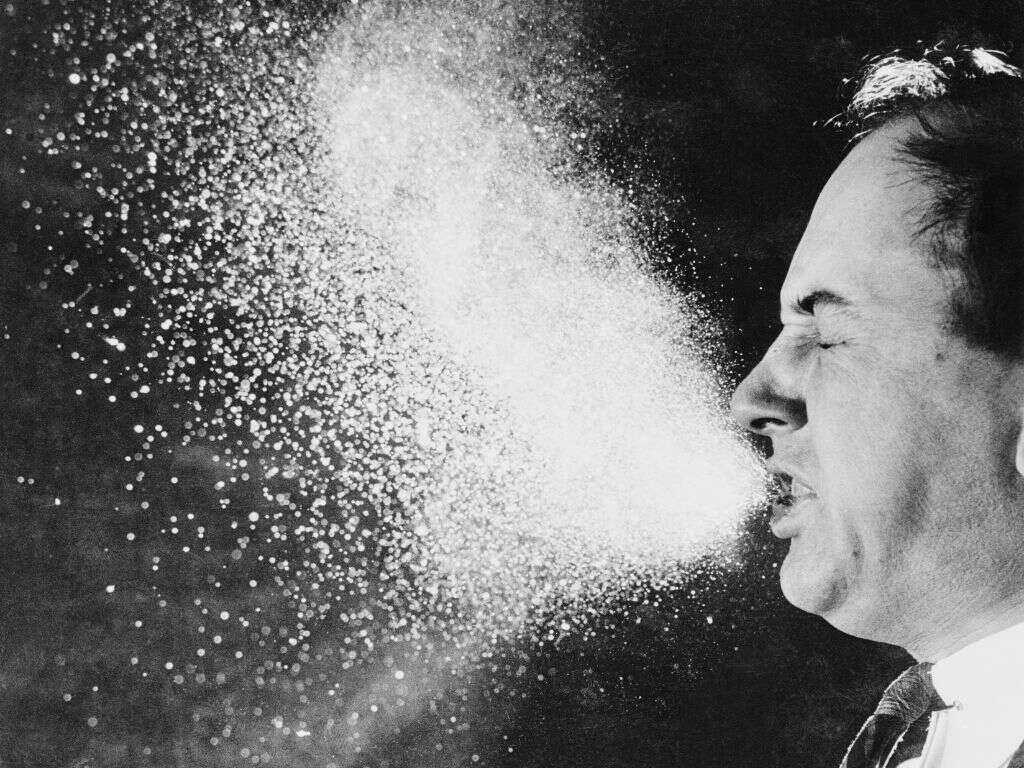10 Symptoms of Flu B
2. Fever
One of the more common indicators of flu is a fever. When a person develops a fever, they may also get associated symptoms, such as chills. While some amount of fever is normal for a sick individual, and may even help fight off the infection, being overheated for too long can be dangerous. If you suspect that you or a loved one is suffering from a fever, it can be important to monitor it closely and consider using appropriate medications to help the affected individual cool down.
While anything above 98.6 degrees Fahrenheit is technically a fever, elevated temperatures during sickness are considered to be relatively safe until the body temperature rises above 100.4 degrees. If a dangerously high fever persists, it can lead to health complications, especially for individuals with pre-existing conditions.
Advertisement









